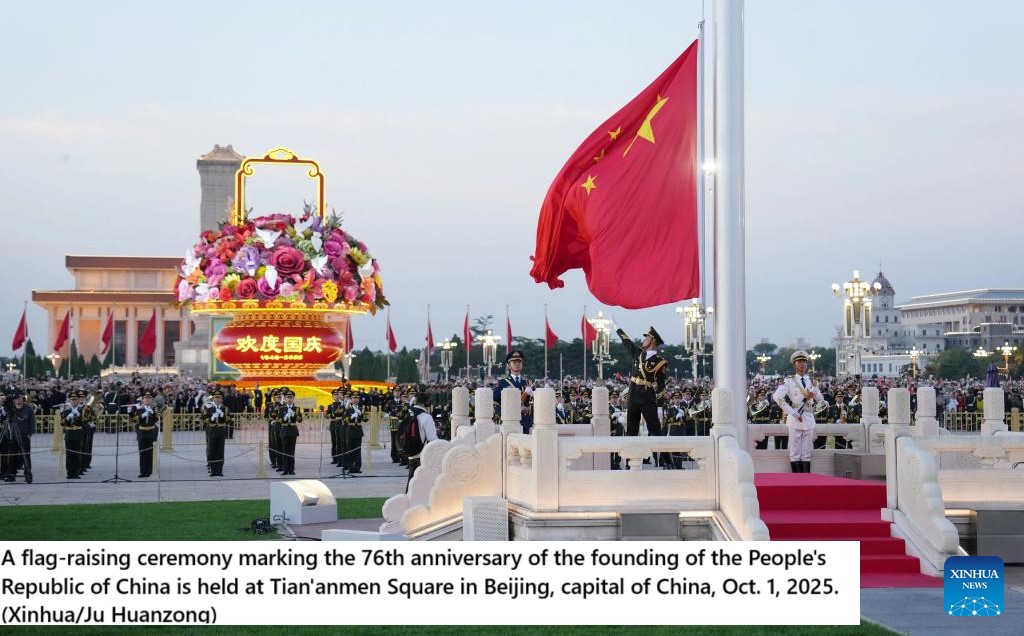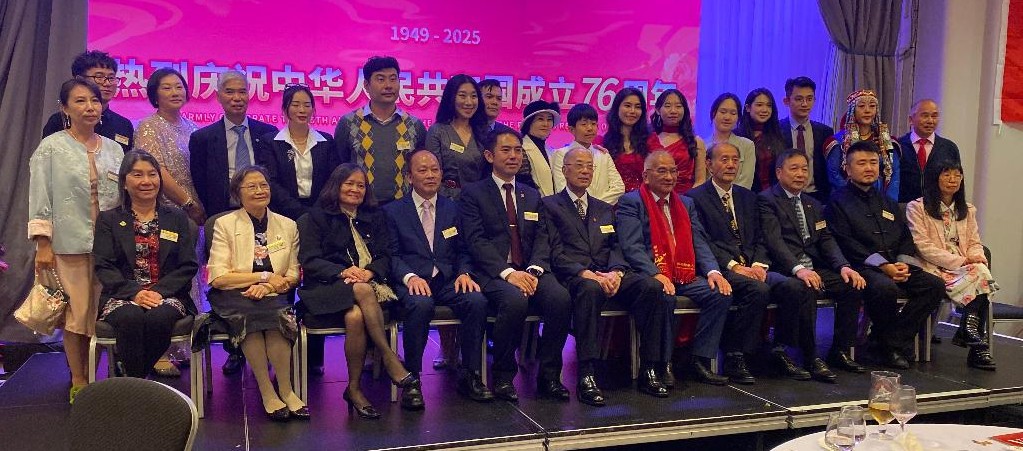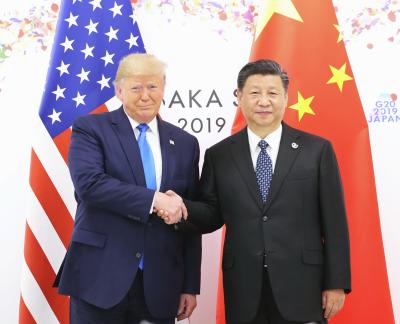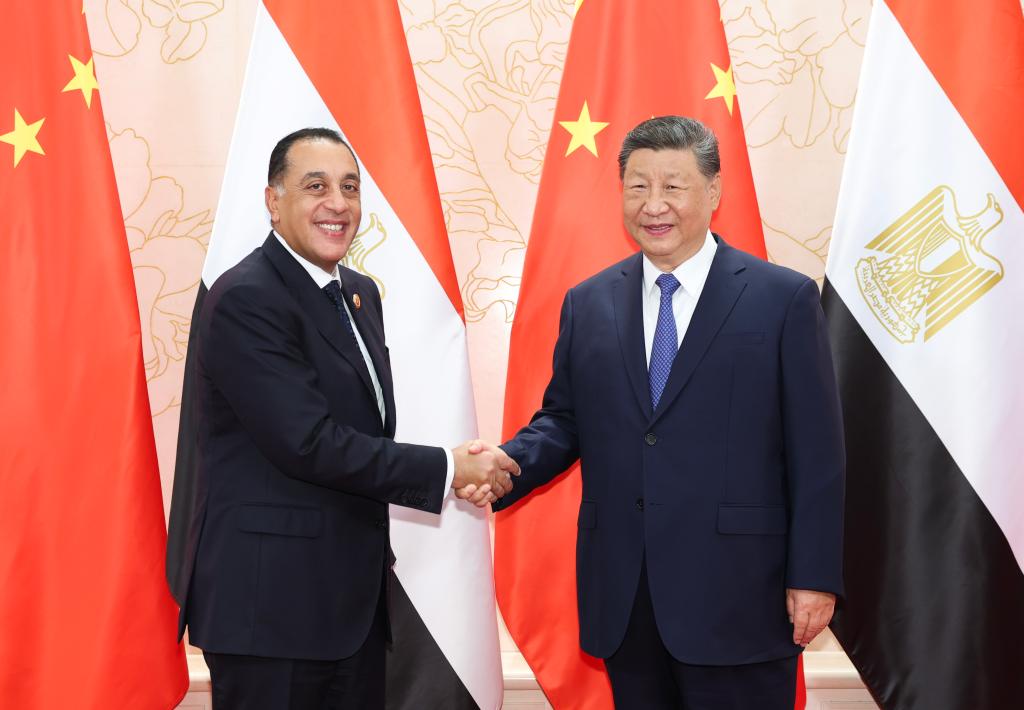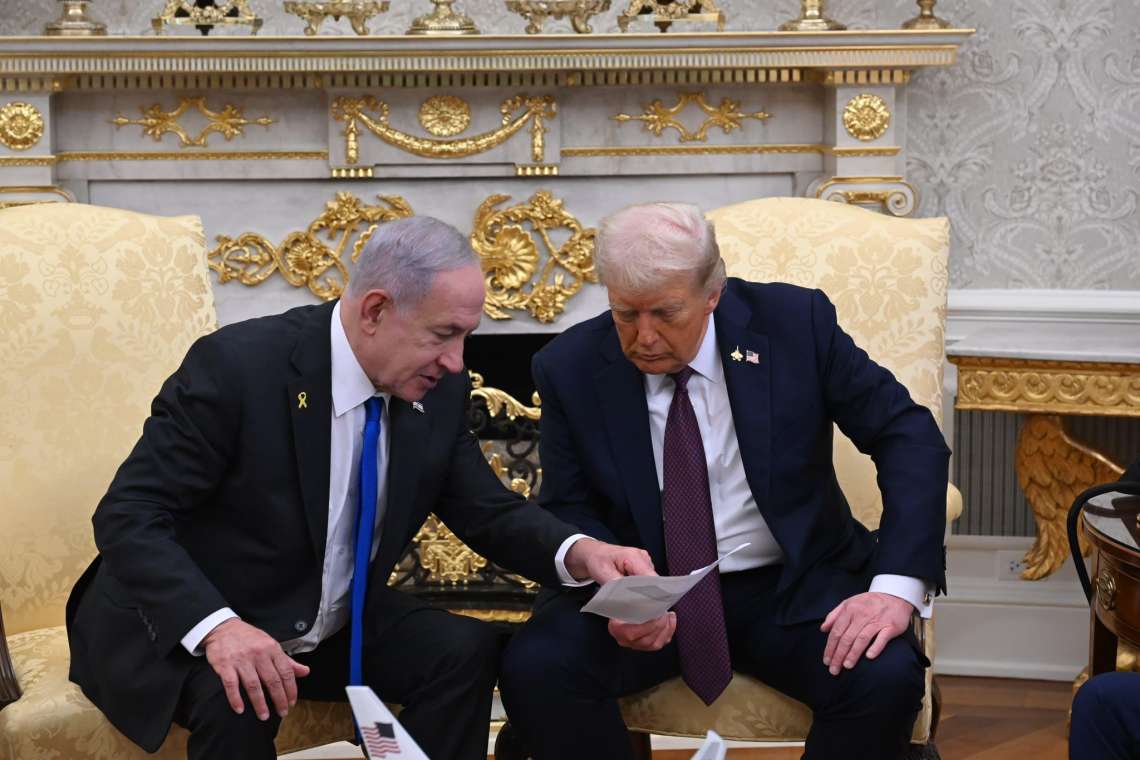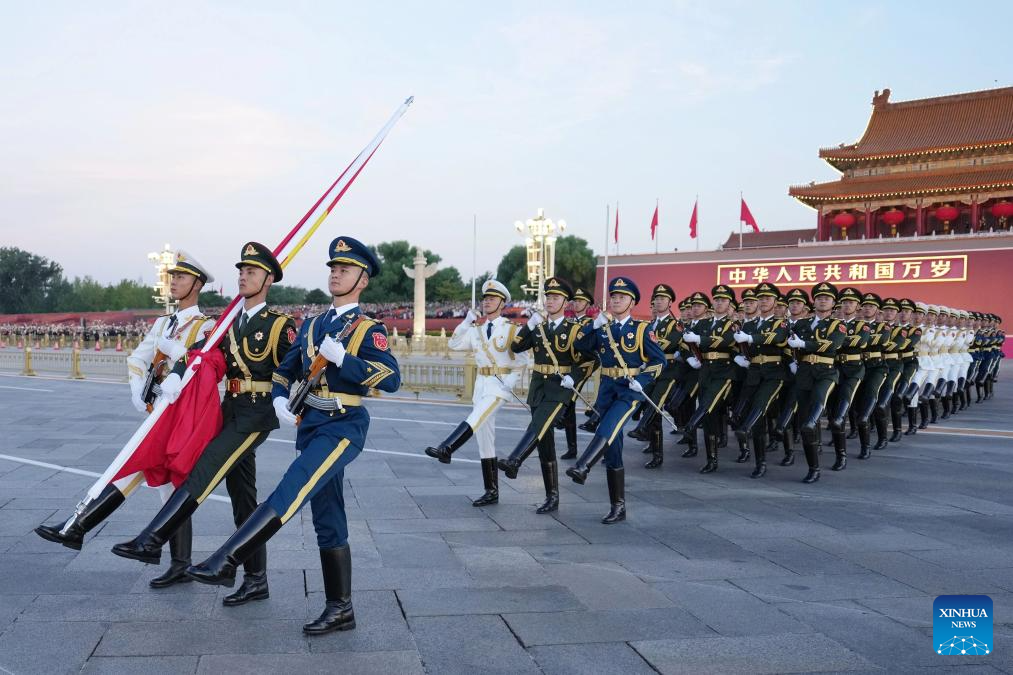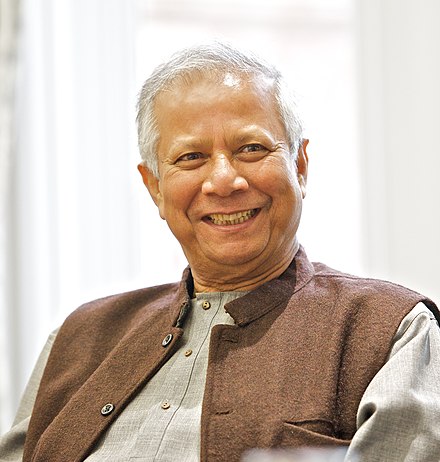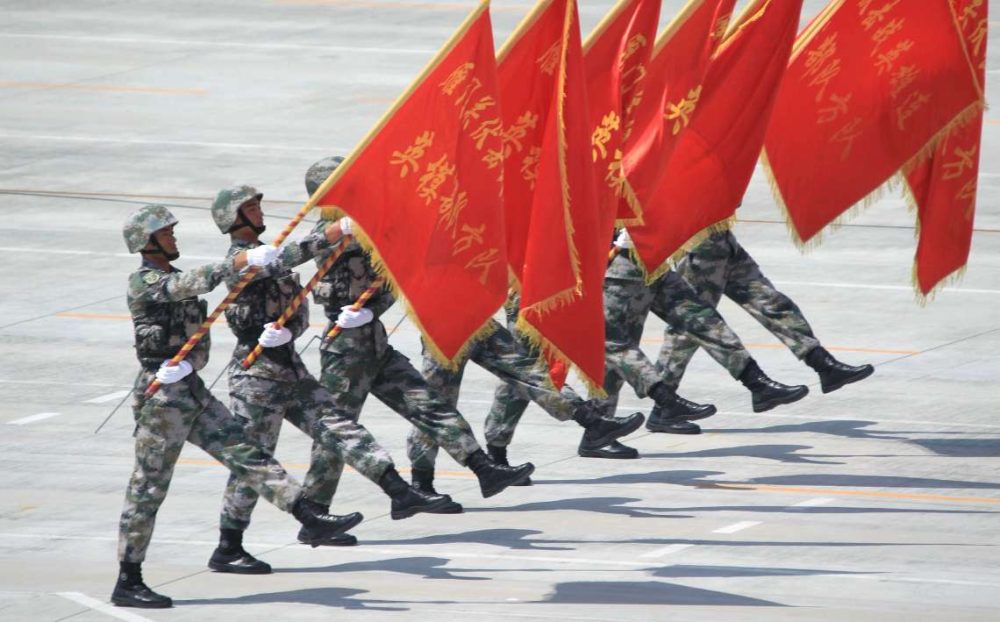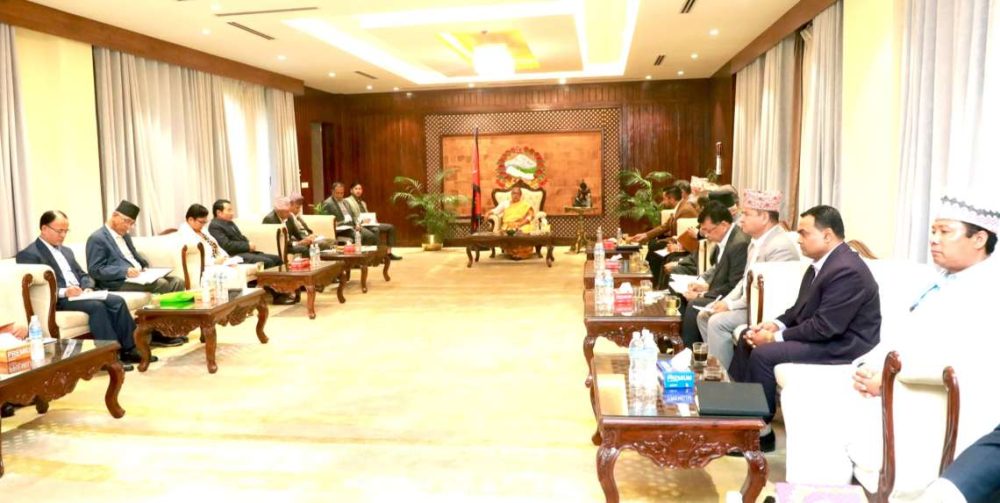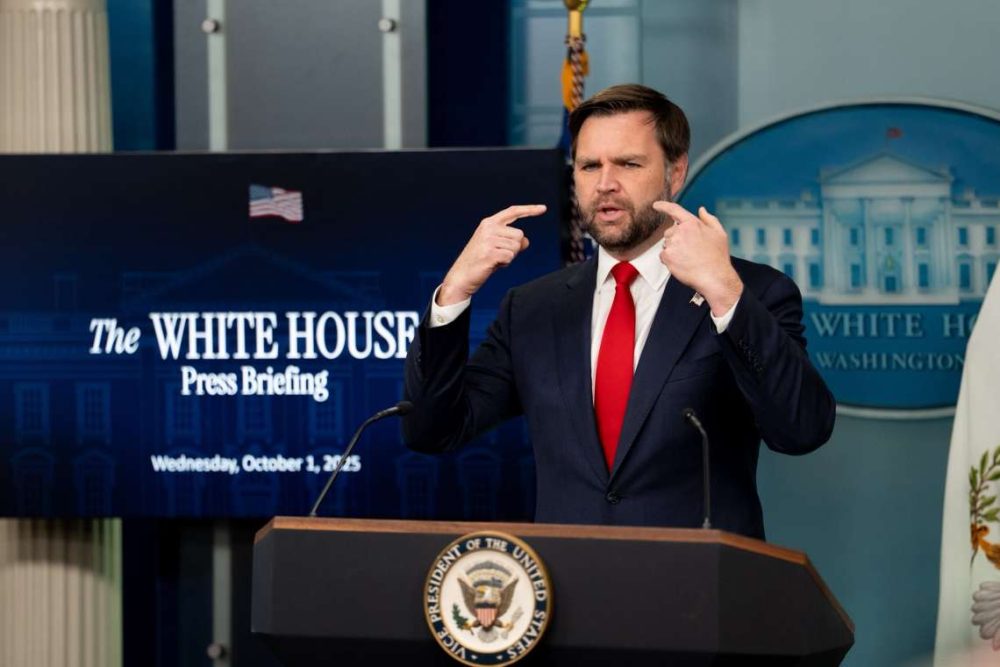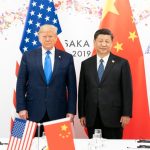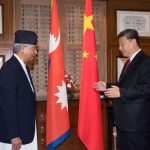Whilst China’s leadership celebrates another year of Communist rule, Asia’s democracies are tallying the mounting costs of Beijing’s repressive policies at home and aggressive adventurism abroad, writes Colonel Danvir Singh (Retd)

As Beijing prepares to mark the 76th anniversary of the People’s Republic of China on October 1st, the Communist Party’s proclamation of triumph rings hollow across Asia. What Mao Zedong declared from Tiananmen Square in 1949 as the founding of a ‘people’s democratic dictatorship’ has morphed into an authoritarian juggernaut that threatens the very fabric of regional stability. Whilst China’s leadership celebrates another year of Communist rule, Asia’s democracies are tallying the mounting costs of Beijing’s repressive policies at home and aggressive adventurism abroad.
A Timeline of Intimidation and Expansion
The trajectory from Mao’s founding proclamation to Xi Jinping’s authoritarian consolidation reveals a consistent pattern of Chinese aggression. Within months of the 1949 establishment, Beijing set its sights on Tibet, launching a full-scale invasion in October 1950. The People’s Liberation Army’s 40,000 battle-hardened troops quickly overwhelmed Tibet’s modest 4,000-person defence force, beginning what would become a systematic campaign of cultural erasure and political subjugation.
The 1962 Sino-Indian War marked Beijing’s willingness to use military force against established democracies. China’s calculated aggression, timed to coincide with the Cuban Missile Crisis, saw Chinese forces advance deep into Indian territory before declaring a unilateral ceasefire—a cynical move designed to project strength whilst avoiding superpower intervention. The conflict left India with 7,000 casualties and demonstrated China’s readiness to exploit global crises for territorial gain.
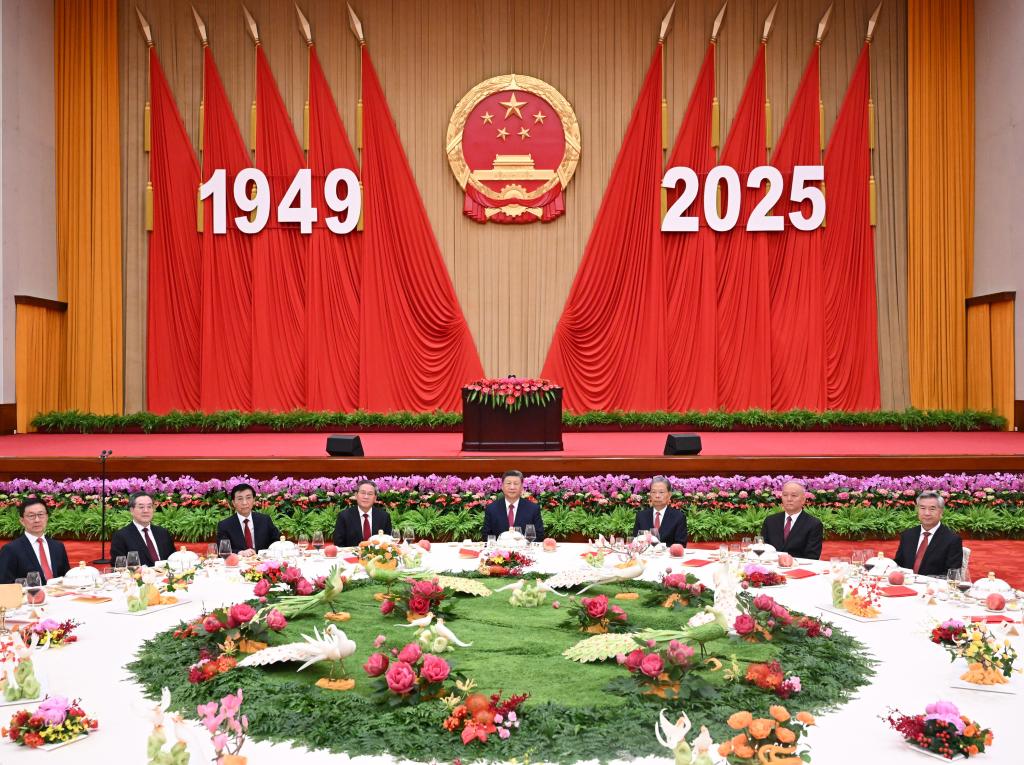
Beijing’s repressive machinery has intensified under Xi Jinping’s rule. In Xinjiang, more than one million Uyghurs and other Muslim minorities have been arbitrarily detained in what Beijing euphemistically terms “vocational education centres”. The United Nations has concluded that China’s systematic persecution “may constitute international crimes, in particular crimes against humanity”. Birth rates in Uyghur regions (Hotan and Kahsgar) plummeted by over 60% between 2015 and 2018, whilst the national rate declined by just 9.7%.
Hong Kong’s transformation from autonomous territory to authoritarian outpost represents Beijing’s most brazen assault on democratic institutions. The 2020 National Security Law effectively criminalised dissent, establishing broad definitions for terrorism, subversion, and foreign collusion. The 2024 Safeguarding National Security Ordinance further tightened Beijing’s grip, with Human Rights Watch warning of a “new era of broad-based oppression”.
Military Adventurism in the Indo-Pacific
China’s military expansion across the South China Sea exemplifies its disregard for international law and regional sovereignty. Through aggressive dredging operations, Beijing has constructed a network of militarised artificial islands spanning 3,200 hectares. These installations house runways capable of accommodating nuclear bombers, missile shelters, and sophisticated radar systems that effectively turn the South China Sea into a Chinese-controlled chokepoint.
The deployment of advanced H-6 bombers to the Paracel Islands signals Beijing’s growing willingness to project power throughout the Indo-Pacific. China now controls 20 outposts in the Paracel Islands and seven in the Spratlys, with four transformed into fully operational naval and air bases. This systematic militarisation directly threatens freedom of navigation for the $3.4 trillion in annual trade that transits these waters.
Debt-Trap Diplomacy as Economic Coercion
Beijing’s Belt and Road Initiative has ensnared developing nations in unsustainable debt arrangements, with 42 countries now owing more than 10% of their GDP to China. The $385 billion in “hidden debts” systematically underreported to international monitoring systems represents a deliberate strategy of economic entrapment. Sri Lanka’s forced handover of Hambantota Port on a 99-year lease exemplifies how Beijing leverages debt distress to acquire strategic assets.
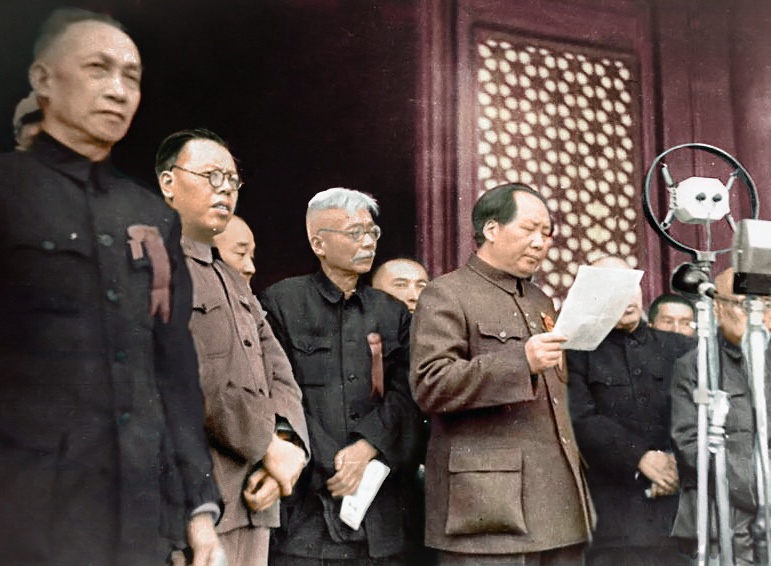
Central Asian nations are particularly vulnerable to Chinese economic coercion, with Kyrgyzstan and Tajikistan being the most susceptible to Beijing’s “debt-trap diplomacy”. China’s role as an emergency rescue lender to 22 heavily indebted countries between 2008 and 2021, allocating $240 billion in bailouts, demonstrates how Beijing uses financial dependency to extract political concessions.
India as Democracy’s Bulwark
Against this backdrop of Chinese authoritarianism, India has emerged as the democratic bulwark of the Indo-Pacific. Through initiatives like TROPEX-2025, India has demonstrated its capability to project naval power across the Indian Ocean Region, deploying 65 warships, nine submarines, and over 80 aircraft in comprehensive maritime operations.
India’s defence partnerships with regional democracies offer a stark alternative to Chinese coercion. The $375 million Brahmos missile deal with the Philippines and defence cooperation with Vietnam, Indonesia, and other ASEAN nations reflect a commitment to collective security based on mutual respect rather than intimidation. India’s democratic governance model, despite its imperfections, offers Asian nations a development path that respects sovereignty and human rights.
Contrasting Models of Governance
The fundamental difference between India’s democracy and China’s authoritarianism extends beyond mere political systems to encompass contrasting visions of human dignity. Where Beijing silences dissent through mass detention and surveillance, India’s democracy, however chaotic, provides space for debate, protest, and political opposition. China’s political legitimacy relies on its economic performance and nationalist rhetoric, making it vulnerable to popular discontent when economic growth falters.
India’s federal democracy, with its complex coalition politics and judicial independence, presents a model of inclusive governance that resonates with Asian societies seeking development while preserving their freedoms. The Right to Information Act and press freedom in India, despite limitations, stand in stark contrast to China’s systematic censorship and media control.
As Beijing marks another National Day with military parades and patriotic displays, Asia confronts the sobering reality of living alongside an increasingly aggressive neighbour. From Tibet’s monasteries to Hong Kong’s silenced democracy movement, from the militarised reefs of the South China Sea to the debt-burdened ports of developing nations, China’s 76-year journey has extracted a heavy toll from the region.
The challenge for Asia’s democracies is clear: building collective defence mechanisms robust enough to deter Chinese aggression whilst preserving the open, rules-based order that has enabled unprecedented prosperity. India’s emergence as a democratic counterweight offers hope, but the ultimate test lies in whether Asian nations can unite behind principles of sovereignty, human rights, and peaceful coexistence—values that remain conspicuously absent from Beijing’s National Day celebrations.
(A military veteran, Colonel Danvir Singh regularly appears on television and contributes to print media on defence and strategic affairs. He closely tracks developments in weapon systems and provides analysis on defence, strategy, and foreign affairs, with a special focus on India’s neighbourhood. A prolific writer across newspapers and magazines, Col Danvir is also the author of the book Kashmir’s Death Trap: Tales of Perfidy and Valour)


